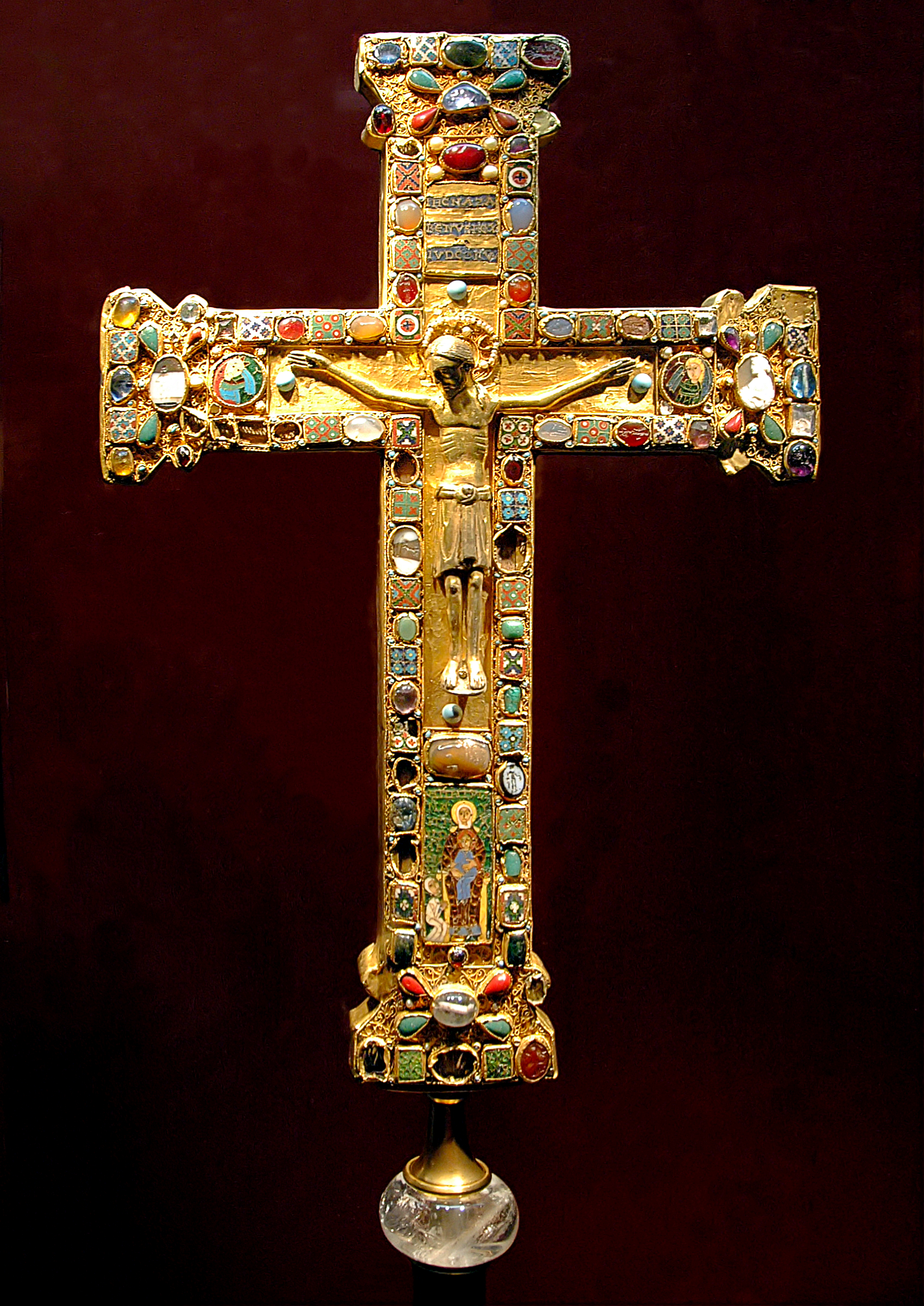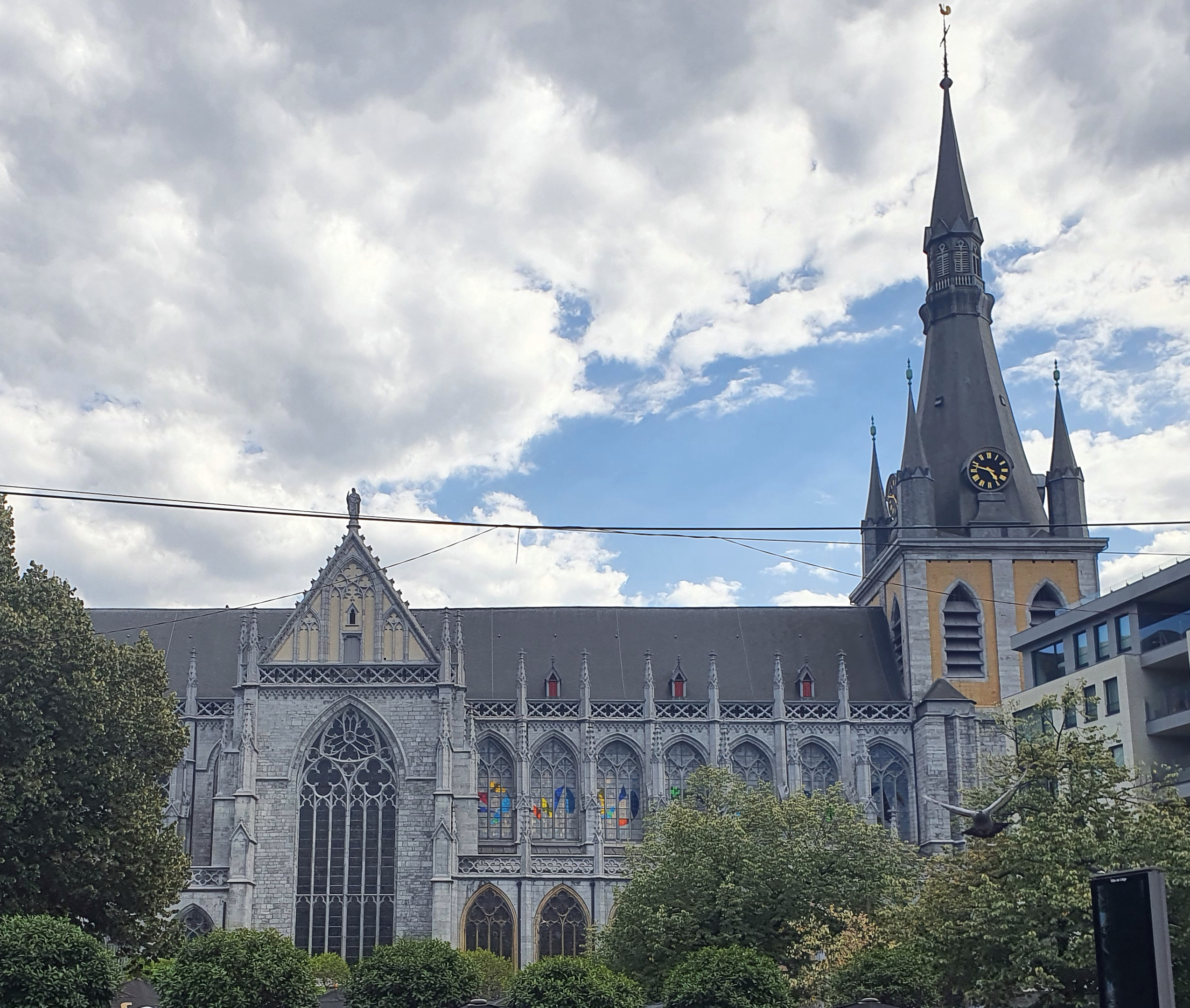|
Fize-le-Marsal
Fize-le-Marsal ( wa, Fize-li-Mårsale) is a locality in Wallonia and a district of the municipality of Crisnée, located in the province of Liège, Belgium. During the Middle Ages, the village was subservient to the cathedral chapter of Liège Cathedral, but given as a fief A fief (; la, feudum) was a central element in medieval contracts based on feudal law. It consisted of a form of property holding or other rights granted by an overlord to a vassal, who held it in fealty or "in fee" in return for a form ... to several different families at different times. The village church dates from the Middle Ages but was heavily reconstructed during the 16th and 18th centuries. References External links * {{Liege-geo-stub Populated places in Liège Province ... [...More Info...] [...Related Items...] OR: [Wikipedia] [Google] [Baidu] |
Crisnée
Crisnée (; wa, Crusnêye) is a municipality of Wallonia located in the province of Liège, Belgium. It covers an area of 16.83 km2 and on 1 January 2013 had a total population of 3,094, giving a population density on that date of 184 inhabitants per km2. The municipality consists of the following districts: Crisnée, Fize-le-Marsal, Kemexhe, Odeur, and Thys. Crisnée is twinned with the commune of Sansais, Nouvelle-Aquitaine, in western France France (), officially the French Republic ( ), is a country primarily located in Western Europe. It also comprises of overseas regions and territories in the Americas and the Atlantic, Pacific and Indian Oceans. Its metropolitan area .... See also * List of protected heritage sites in Crisnée References External links * Municipalities of Liège Province {{Liege-geo-stub ... [...More Info...] [...Related Items...] OR: [Wikipedia] [Google] [Baidu] |
Communities, Regions And Language Areas Of Belgium
Belgium is a federal state comprising three communities and three regions that are based on four language areas. For each of these subdivision types, the subdivisions together make up the entire country; in other words, the types overlap. The language areas were established by the Second Gilson Act, which entered into force on 2 August 1963. The division into language areas was included in the Belgian Constitution in 1970. Through constitutional reforms in the 1970s and 1980s, regionalisation of the unitary state led to a three-tiered federation: federal, regional, and community governments were created, a compromise designed to minimize linguistic, cultural, social, and economic tensions. Schematic overview This is a schematic overview of the basic federal structure of Belgium as defined by Title I of the Belgian Constitution. Each of the entities either have their own parliament and government (for the federal state, the communities and the regions) or their own council a ... [...More Info...] [...Related Items...] OR: [Wikipedia] [Google] [Baidu] |
Provinces Of Belgium
The Kingdom of Belgium is divided into three regions. Two of these regions, Flanders and Wallonia, are each subdivided into five provinces. The third region, Brussels, does not belong to any province and nor is it subdivided into provinces. Instead, it has amalgamated both regional and provincial functions into a single "Capital Region" administration. Most of the provinces take their name from earlier duchies and counties of similar location, while their territory is mostly based on the departments installed during French annexation. At the time of the creation of Belgium in 1830, only nine provinces existed, including the province of Brabant, which held the City of Brussels. In 1995, Brabant was split into three areas: Flemish Brabant, which became a part of the region of Flanders; Walloon Brabant, which became part of the region of Wallonia; and the Brussels-Capital Region, which became a third region. These divisions reflected political tensions between the French-speaki ... [...More Info...] [...Related Items...] OR: [Wikipedia] [Google] [Baidu] |
Liège Province
Liège (; wa, Lîdje ; nl, Luik ; german: Lüttich ) is the easternmost province of the Wallonia region of Belgium. Liège Province is the only Belgian province that has borders with three countries. It borders (clockwise from the north) the Dutch province of Limburg, the German states of North Rhine-Westphalia and Rhineland-Palatinate, Clervaux (canton) in Luxembourg, the Belgian Walloon (French-speaking) provinces of Luxembourg, Namur and Walloon Brabant and the Belgian Flemish (Dutch-speaking) provinces of Flemish Brabant and Limburg. Part of the eastern-most area of the province, bordering Germany, is the German-speaking region of Eupen-Malmedy, which became part of Belgium in the aftermath of World War I. The capital and the largest city of the province is the city of the same name, Liège. The province has an area of , and a population of 1,106,992 as of January 2019. History The modern borders of the province of Liège date from 1795, which saw the unification of t ... [...More Info...] [...Related Items...] OR: [Wikipedia] [Google] [Baidu] |
Municipalities Of Belgium
Belgium comprises 581 municipalities ( nl, gemeenten; french: communes; german: Gemeinden), 300 of them grouped into five provinces in Flanders and 262 others in five provinces in Wallonia, while the remaining 19 are in the Brussels Capital Region, which is not divided in provinces. In most cases, the municipalities are the smallest administrative subdivisions of Belgium, but in municipalities with more than 100,000 inhabitants, on the initiative of the local council, sub-municipal administrative entities with elected councils may be created. As such, only Antwerp, having over 500,000 inhabitants, became subdivided into nine districts ( nl, districten). The Belgian arrondissements ( nl, arrondissementen; french: arrondissements; german: Bezirke), an administrative level between province (or the capital region) and municipality, or the lowest judicial level, are in English sometimes called districts as well. Lists of municipalities Here are three lists of municipalities for e ... [...More Info...] [...Related Items...] OR: [Wikipedia] [Google] [Baidu] |
Telephone Numbers In Belgium
A telephone number in Belgium is a sequence of nine or ten digits dialed on a telephone to make a call on the Belgian telephone network. Belgium is under a full number dialing plan, meaning that the full national number must be dialed for all calls, while it retains the trunk code, '0', for all national dialling. Exception: Some "special services" use 3 or 4 digits with no area or trunk codes: e.g.; 112 and 100 (fire brigade and ambulance); 101 (police); 1307 (info in French) or 1207 (info in Dutch), etc. "112" is an emergency number for contacting the fire brigade, ambulance and police in all 27 countries of the European Union. Operators will help the caller in the country's native language, in English, or the language of any neighbouring country. Calls to this number for contacting the police are forwarded to "101", losing response time. The telephone numbering plan allows for numbers have varying lengths (9 digits for landline numbers, and 10 digits for mobile numbers). Ov ... [...More Info...] [...Related Items...] OR: [Wikipedia] [Google] [Baidu] |
Wallonia
Wallonia (; french: Wallonie ), or ; nl, Wallonië ; wa, Waloneye or officially the Walloon Region (french: link=no, Région wallonne),; nl, link=no, Waals gewest; wa, link=no, Redjon walone is one of the three regions of Belgium—along with Flanders and Brussels. Covering the southern portion of the country, Wallonia is primarily French-speaking. It accounts for 55% of Belgium's territory, but only a third of its population. The Walloon Region and the French Community of Belgium, which is the political entity responsible for matters related mainly to culture and education, are independent concepts, because the French Community of Belgium encompasses both Wallonia and the bilingual Brussels-Capital Region. There is a German-speaking minority in eastern Wallonia, resulting from the annexation of three cantons previously part of the German Empire at the conclusion of World War I. This community represents less than 1% of the Belgian population. It forms the German-speak ... [...More Info...] [...Related Items...] OR: [Wikipedia] [Google] [Baidu] |
Middle Ages
In the history of Europe, the Middle Ages or medieval period lasted approximately from the late 5th to the late 15th centuries, similar to the post-classical period of global history. It began with the fall of the Western Roman Empire and transitioned into the Renaissance and the Age of Discovery. The Middle Ages is the middle period of the three traditional divisions of Western history: classical antiquity, the medieval period, and the modern period. The medieval period is itself subdivided into the Early, High, and Late Middle Ages. Population decline, counterurbanisation, the collapse of centralized authority, invasions, and mass migrations of tribes, which had begun in late antiquity, continued into the Early Middle Ages. The large-scale movements of the Migration Period, including various Germanic peoples, formed new kingdoms in what remained of the Western Roman Empire. In the 7th century, North Africa and the Middle East—most recently part of the Eastern Ro ... [...More Info...] [...Related Items...] OR: [Wikipedia] [Google] [Baidu] |
Cathedral Chapter
According to both Catholic and Anglican canon law, a cathedral chapter is a college of clerics ( chapter) formed to advise a bishop and, in the case of a vacancy of the episcopal see in some countries, to govern the diocese during the vacancy. In the Roman Catholic Church their creation is the purview of the pope. They can be "numbered", in which case they are provided with a fixed " prebend", or "unnumbered", in which case the bishop indicates the number of canons according to the rents. These chapters are made up of canons and other officers, while in the Church of England chapters now include a number of lay appointees. In some Church of England cathedrals there are two such bodies, the lesser and greater chapters, which have different functions. The smaller body usually consists of the residentiary members and is included in the larger one. Originally, it referred to a section of a monastic rule that was read out daily during the assembly of a group of canons or other clergy ... [...More Info...] [...Related Items...] OR: [Wikipedia] [Google] [Baidu] |
Liège Cathedral
Liège Cathedral, otherwise St. Paul's Cathedral, Liège, in Liège, Belgium, is part of the religious heritage of Liège. Founded in the 10th century, it was rebuilt from the 13th to the 15th century and restored in the mid-19th century. It became a Catholic cathedral in the 19th century due to the destruction of Saint Lambert's Cathedral in 1795. It is the seat of the Diocese of Liège. St. Paul's Cathedral During the French Revolution the ancient cathedral of Liège, St. Lambert's, was destroyed. After the revolution the former collegiate church of St. Paul's was elevated in rank, becoming the current Liège Cathedral. History The present cathedral was formerly one among the Seven collegiate churches of Liège – St. Peter's, Holy Cross, St. Paul's, St. John's, St. Denis's, St. Martin's and St. Bartholomew's – which until the Liège Revolution of 1789 together comprised the "secondary clergy" of the First Estate in the Prince-bishopric of Liège (the "primary c ... [...More Info...] [...Related Items...] OR: [Wikipedia] [Google] [Baidu] |
Fief
A fief (; la, feudum) was a central element in medieval contracts based on feudal law. It consisted of a form of property holding or other rights granted by an Lord, overlord to a vassal, who held it in fealty or "in fee" in return for a form of feudal allegiance, services and/or payments. The fees were often lands, land revenue or revenue, revenue-producing real property like a watermill, held in feudal land tenure: these are typically known as fiefs or fiefdoms. However, not only land but anything of value could be held in fee, including governmental office, rights of exploitation such as hunting, fishing or felling trees, monopolies in trade, money rents and tax farms. There never did exist one feudal system, nor did there exist one type of fief. Over the ages, depending on the region, there was a broad variety of customs using the same basic legal principles in many variations. Terminology In ancient Rome, a "benefice" (from the Latin noun , meaning "benefit") was a gif ... [...More Info...] [...Related Items...] OR: [Wikipedia] [Google] [Baidu] |

.png)





